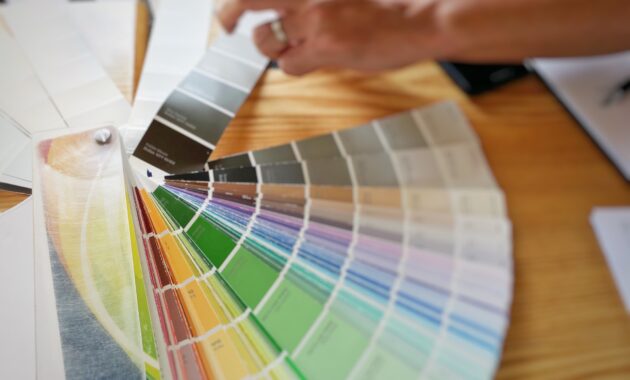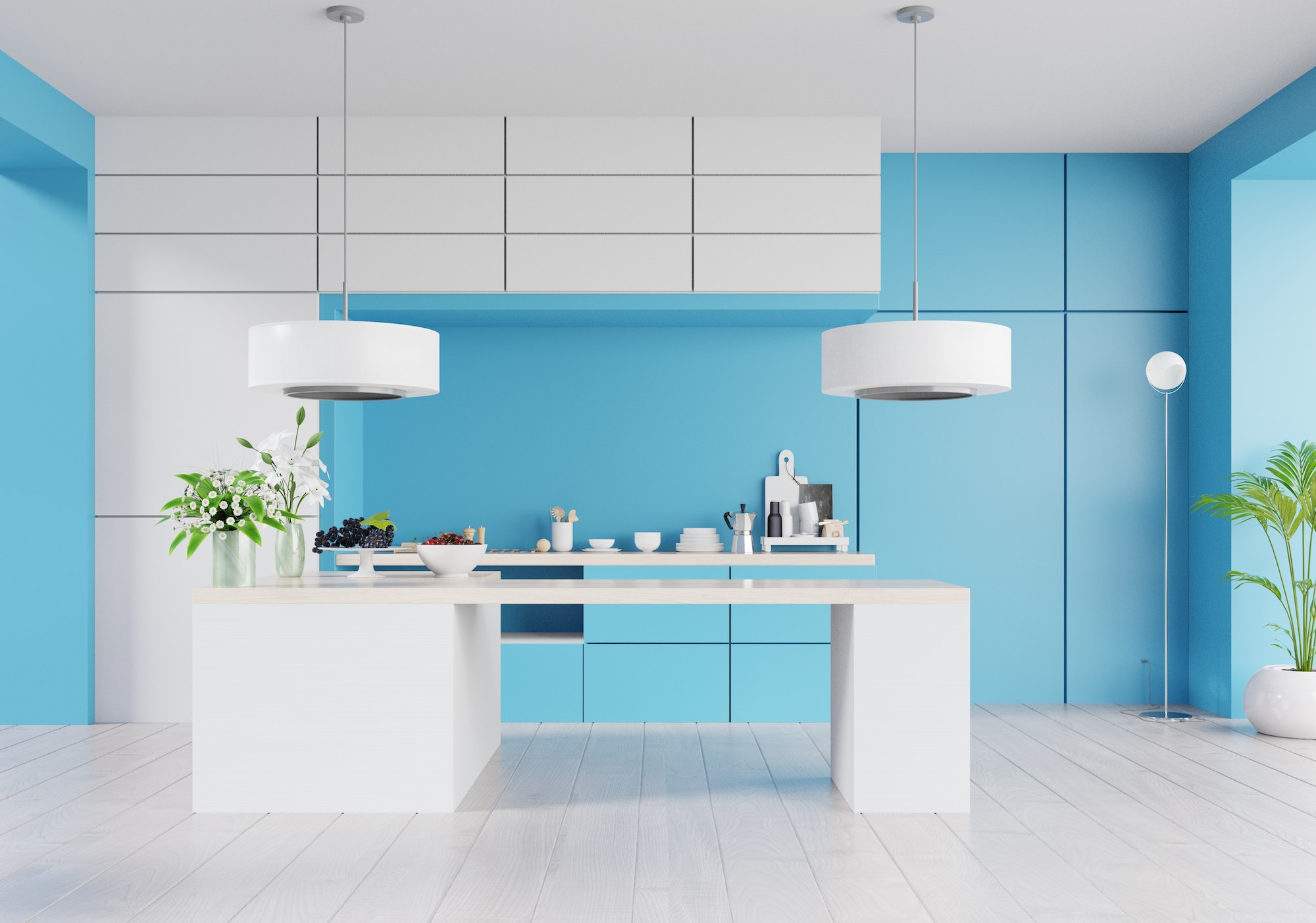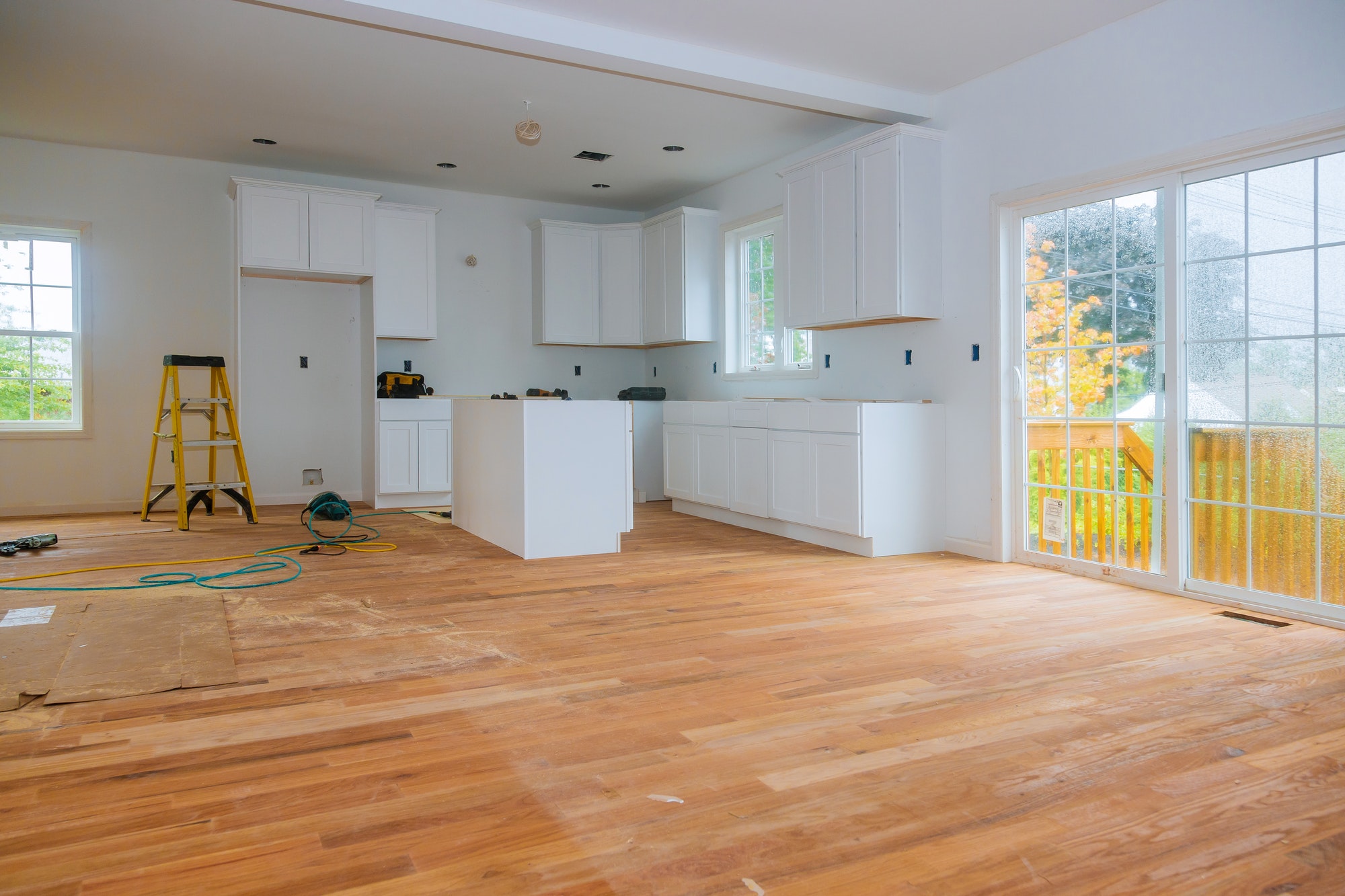Choosing the right color scheme is paramount for achieving a coherent and harmonious home design. Color is not merely a creative outlet; it’s a powerful tool that impacts our mood, influences our perceptions, and subtly shapes our behaviors. A well-curated color palette can evoke a specific ambiance, seamlessly connect different spaces, and even alter the perceived dimensions of a room.
As such, understanding color theory and the psychological effects of different hues is crucial for anyone seeking to create a home environment that is not just aesthetically pleasing, but also emotionally resonant. This guide will delve into the importance of choosing the right color scheme and provide insights into making informed color decisions for your home design projects.
Visual Cohesion
Visual cohesion in home design refers to the thoughtful integration of colors, patterns, and shapes to create a harmonious and balanced environment. It is a crucial aspect of design that ensures all elements of a space work together in unity, rather than compete for attention. For instance, a cohesive color scheme can seamlessly connect disparate areas of the home, creating a smooth visual flow from room to room.
This not only amplifies the sense of space but also promotes a calming and tranquil ambiance. You can always learn more about this if you decide to hire professionals that can help you understand and grasp it better. Moreover, a cohesive aesthetic can make a home feel more organized and put together, fostering a greater sense of relaxation and comfort.
On the other hand, a lack of visual cohesion can lead to a disjointed and chaotic environment that can be visually overwhelming and unsettling. Therefore, maintaining visual cohesion through a well-planned color scheme is a fundamental component of coherent and aesthetically pleasing home design.
Mood Enhancement
The right color scheme can impact the mood of the occupants. Bright colors tend to uplift spirits and evoke feelings of happiness, while muted tones might induce a sense of calm and relaxation. With this in mind, it is essential to carefully consider the mood and emotional atmosphere you want your home to convey. For instance, if you’re designing a living room for entertaining guests and hosting parties, you may opt for vibrant hues of blues and greens to create an upbeat ambiance.
On the other hand, muted beiges and whites are better suited for a bedroom, which should be a peaceful and tranquil retreat. By taking the time to research and consider how colors affect mood, you can curate a color palette that will truly reflect the desired atmosphere of the space.
Spatial Perception
Certain colors can alter the perceived dimensions of a room. Light colors can make a small space seem larger, while darker hues can create an intimate and cozy atmosphere. By strategically placing light and dark colors in different areas of the room, you can create the illusion of depth. For example, painting a wall with a dark shade and the ceiling with a lighter tone will make the latter appear higher than it actually is. This technique is especially useful for rooms that are small or have a low ceiling. In addition to expanding visual space, incorporating various shades of a single color can create visual interest and depth. Doing so will ensure that the room is not too monotonous, but still maintains a cohesive aesthetic.
Personal Expression
Color is a medium of self-expression. Your choice of color scheme reflects your personality and style, transforming your house into a home that truly represents you. Home design is an opportunity to showcase who you are and what you stand for, so don’t be afraid to experiment with different color combinations. Just remember that while it is important to express yourself through design, it is also essential to maintain visual cohesion and a pleasant atmosphere. Therefore, make sure the colors you choose complement each other as well as your home’s existing architecture and style.
Complementary to Furniture and Artwork
The right color scheme can highlight and complement your furniture and artwork, adding to the visual appeal of your interior design. For instance, choosing colors that match or contrast your furniture will create a more dynamic and cohesive aesthetic. Similarly, using colors similar to your artwork will draw attention to the pieces and make the entire room appear more put together. This is an excellent way to enhance your home design without having to invest in additional decor items.

Resale Value
Homes with a well-planned color scheme often have a higher resale value as they appeal to a broader range of potential buyers. Choosing classic hues that are easy to match with furniture and decor will ensure a higher return on investment. Neutral colors, such as off-whites, greys, beiges, and taupes can help create a timeless look that remains in vogue for years to come. However, avoid using too many light shades as they can make the space appear bland and unappealing.
When it comes to choosing a color scheme for your home design, there are many elements to consider. By taking the time to research and understand the psychological and spatial effects of different colors, you can create a well-curated palette that truly reflects your personality while also maintaining visual cohesion. With this guide as your reference, you should have all the information you need to make informed decisions for your home design projects.
Discover more from Futurist Architecture
Subscribe to get the latest posts sent to your email.




